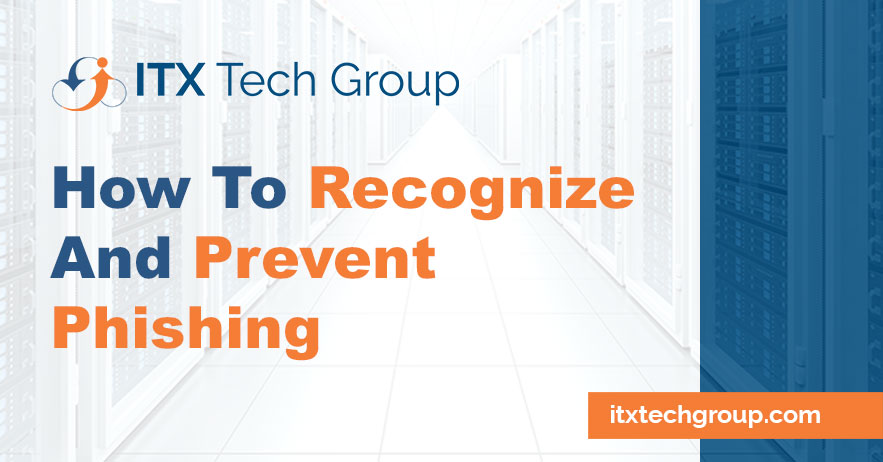In the world of cybersecurity, the term “phishing” refers to a deceptive and malicious technique employed by cybercriminals to trick individuals into divulging sensitive information.
Phishing attacks are a constant threat to businesses, as they can lead to data breaches, financial loss, and reputational damage.
In this article, we’ll delve into the concept of phishing, explore how businesses can recognize these attacks, and provide actionable strategies to prevent phishing incidents and protect their sensitive information.
Understanding Phishing
Phishing attacks typically involve cybercriminals posing as legitimate entities, such as banks, government agencies, or well-known companies, in an attempt to deceive individuals into taking certain actions.
These actions can range from clicking on malicious links to providing confidential information like passwords, credit card details, or Social Security numbers.
Common Forms of Phishing Attacks
- Email Phishing: Attackers send fraudulent emails that mimic legitimate ones, urging recipients to click on malicious links or download infected attachments.
- Spear Phishing: This targeted approach involves tailoring phishing messages to specific individuals or groups, often using personalized information to make the attack seem more convincing.
- Smishing: Similar to email phishing, but conducted via SMS or text messages, where attackers send links to malicious websites or request sensitive information.
- Vishing: Attackers use voice calls to impersonate legitimate organizations, requesting sensitive information under false pretenses.
Recognizing Phishing Attacks
- Urgent Requests: Phishing emails often create a sense of urgency, demanding immediate action to prevent consequences.
- Mismatched URLs: Hover your cursor over links in emails to see the actual URL. If it doesn’t match the displayed text, it’s likely a phishing attempt.
- Spelling and Grammar Errors: Poorly written content with errors is a telltale sign of phishing.
- Unexpected Attachments: Unsolicited attachments, especially from unknown senders, should be treated with caution.
- Impersonation of Trusted Entities: Phishers often impersonate well-known brands, financial institutions, or government agencies.
- Requests for Sensitive Information: Legitimate organizations rarely ask for sensitive information via email or text.
Preventing Phishing Attacks
- Employee Training: Educate employees about phishing risks, how to identify suspicious emails, and the importance of not clicking on unknown links.
- Multi-Factor Authentication (MFA): Require MFA for accessing sensitive systems, adding an extra layer of security.
- Email Filters: Implement robust email filters that can identify and quarantine phishing attempts before they reach employees’ inboxes.
- Regular Software Updates: Keep operating systems and applications up to date to ensure you have the latest security patches.
- Website Verification: Ensure the legitimacy of websites before entering sensitive information by checking for HTTPS and padlock icons.
- Vigilance with Personal Information: Be cautious when sharing personal or financial information online.
- Anti-Phishing Tools: Utilize anti-phishing software and security solutions to detect and prevent phishing attempts.
- Security Awareness Campaigns: Run regular security awareness campaigns to keep employees informed about emerging threats.
Conclusion
Phishing attacks continue to evolve, becoming more sophisticated and targeted. Businesses must prioritize cybersecurity education and take proactive measures to prevent falling victim to these attacks.
By recognizing the signs of phishing, implementing preventive strategies, and fostering a culture of vigilance, businesses can fortify their defenses and protect their sensitive information.
Remember, the best defense against phishing is a well-informed and cautious workforce that can detect and thwart these attacks before they cause significant damage.
ITX Tech Group has been serving small, medium, and large scale businesses with their IT support needs all over the United States since 2011, so we’re confident we can provide you with affordable, professional IT solutions for years to come!
Connect with us for a free consultation to discuss your business technology needs.

